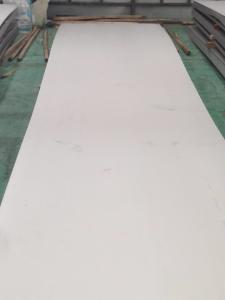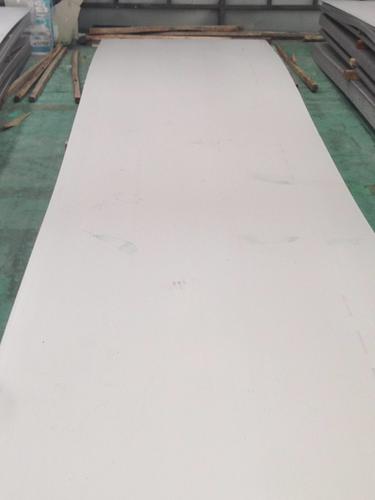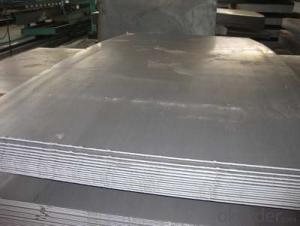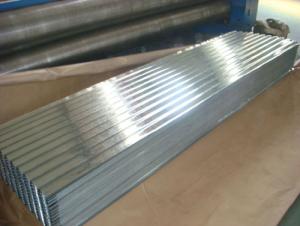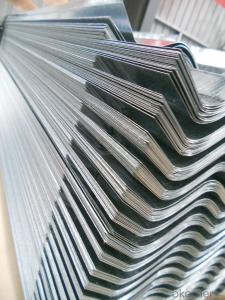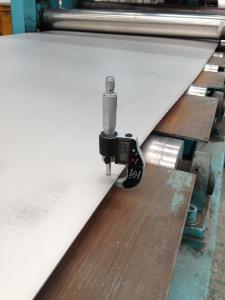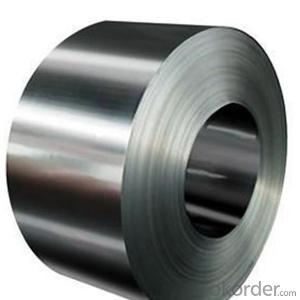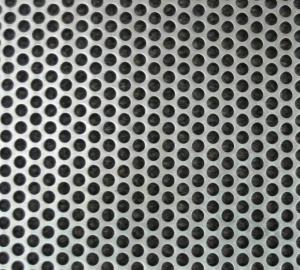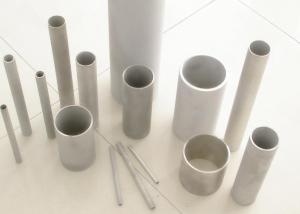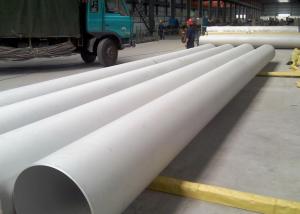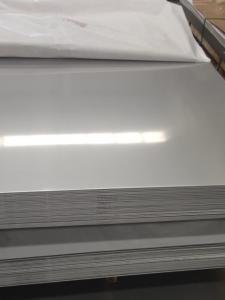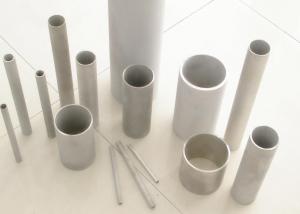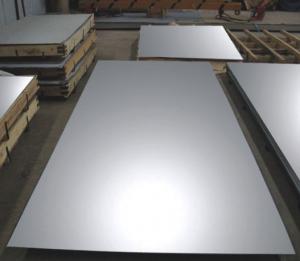STAINLESS STEEL ROLL
- Loading Port:
- Shanghai
- Payment Terms:
- TT OR LC
- Min Order Qty:
- -
- Supply Capability:
- 5000 m.t./month
OKorder Service Pledge
Quality Product, Order Online Tracking, Timely Delivery
OKorder Financial Service
Credit Rating, Credit Services, Credit Purchasing
You Might Also Like
grade | 201,304,410,ETC. |
surface | 2B, NO.1,ETC. |
thickness | 1MM, |
width | 1200MM,1220MM,1500MM,ETC. |
length | 2400MM,2440MM,3000MM,ETC. |
Payment terms | T/T, or L/C. |
Delivery time | Normally within 1 weeks after get your deposits. |
package | Standard export package, normally with wooden pallets |
MOQ | 5 tons/each size |
we can provide the best-quality ,and shortest producing time.
we have the hot rolled and cold rolled for stainless steel sheet/coil,etc.
please feel free to contact me, thanks in advance !
- Q: The difference between 304J1 stainless steel plate and 304 stainless steel plate
- The price is lower, the deep processing performance is better.304J1 stainless steel is a copper containing material of 304 stainless steel. It is mainly used for deep processing, and also belongs to the series of nickel. By the Japanese on the basis of the successful development of American Standard 304.
- Q: Are stainless steel sheets suitable for elevator handrails?
- Yes, stainless steel sheets are suitable for elevator handrails. Stainless steel is a popular choice for handrails in elevators due to its durability, corrosion resistance, and aesthetic appeal. Elevator handrails are subject to constant use and exposure to various environmental factors, such as moisture and fingerprints. Stainless steel is highly resistant to corrosion, ensuring the longevity and maintenance-free operation of the handrails. Additionally, stainless steel has a sleek and modern appearance that complements the overall design of elevators. Its smooth surface is easy to clean and maintain, making it a hygienic choice for handrails in public spaces. Overall, stainless steel sheets are an excellent material choice for elevator handrails.
- Q: Are stainless steel sheets suitable for elevator control panels?
- Yes, stainless steel sheets are suitable for elevator control panels. Stainless steel is a durable and resistant material that can withstand various environmental conditions, including frequent use and exposure to moisture, heat, and chemicals. Elevator control panels often require a material that is easy to clean, resistant to scratches and dents, and aesthetically pleasing. Stainless steel meets all these criteria, making it an ideal choice for elevator control panels. Additionally, stainless steel has a sleek and modern appearance, which can enhance the overall design of the elevator interior.
- Q: What are the different types of stainless steel sheet surface patterns for architectural purposes?
- There are several types of stainless steel sheet surface patterns commonly used for architectural purposes. Some of these patterns include brushed, mirror, embossed, bead blasted, and patterned. Each pattern offers a unique aesthetic appeal and can be chosen based on the specific requirements and design preferences of a project.
- Q: Are stainless steel sheets resistant to saltwater?
- Indeed, saltwater poses no threat to stainless steel sheets. Renowned for its ability to resist corrosion, stainless steel demonstrates exceptional suitability for environments with extensive saltwater contact. The chromium present in stainless steel creates a protective layer over the metal's surface, effectively warding off rust and corrosion. As a result, stainless steel sheets prove to be an exceptional option for various marine applications, including boat construction, offshore structures, and coastal infrastructure. Moreover, stainless steel's resilience against saltwater renders it fitting for other purposes such as coastal architecture, kitchen equipment, and medical instruments.
- Q: Can stainless steel sheets be used for HVAC systems?
- Certainly! HVAC systems can utilize stainless steel sheets. Due to its exceptional resistance to corrosion, durability, and ability to withstand high temperatures, stainless steel is a favored material for HVAC systems. It finds frequent application in various HVAC components, including ductwork, vents, and heat exchangers. Stainless steel sheets offer a sleek and hygienic surface, safeguarding air quality by preventing the accumulation of dust, dirt, and other pollutants. Moreover, stainless steel is effortlessly cleaned and maintained, rendering it an ideal option for HVAC systems demanding regular upkeep and cleaning.
- Q: Are stainless steel sheets resistant to heat and high temperatures?
- Yes, stainless steel sheets are highly resistant to heat and high temperatures. They can withstand extreme temperatures without warping, melting, or losing their structural integrity.
- Q: How do stainless steel sheets compare to other materials?
- Stainless steel sheets offer several advantages over other materials. They are highly resistant to corrosion, heat, and chemicals, making them suitable for various applications. Stainless steel is also durable, strong, and low maintenance, providing long-term value. Additionally, it has an attractive appearance and can be easily fabricated into different shapes and sizes. Overall, stainless steel sheets outperform many other materials in terms of performance, aesthetics, and longevity.
- Q: Can stainless steel sheets be used for escalator steps?
- Certainly, escalator steps can be made from stainless steel sheets. The reason stainless steel is highly favored for escalator steps is its exceptional durability, strength, and resistance to corrosion. It can endure the ceaseless foot traffic, hefty loads, and daily wear and tear that escalator steps face. Moreover, stainless steel possesses a sleek and contemporary look that contributes to the overall aesthetic charm of escalators. Consequently, stainless steel sheets emerge as a dependable and pragmatic option for escalator steps in a range of commercial and public environments.
- Q: How do you remove water spots from stainless steel sheets?
- To remove water spots from stainless steel sheets, you can mix equal parts vinegar and water in a spray bottle and spray the affected areas. Let it sit for a few minutes, then wipe it off with a soft cloth. Additionally, you can use a stainless steel cleaner or polish specifically designed for removing water spots.
Send your message to us
STAINLESS STEEL ROLL
- Loading Port:
- Shanghai
- Payment Terms:
- TT OR LC
- Min Order Qty:
- -
- Supply Capability:
- 5000 m.t./month
OKorder Service Pledge
Quality Product, Order Online Tracking, Timely Delivery
OKorder Financial Service
Credit Rating, Credit Services, Credit Purchasing
Similar products
Hot products
Hot Searches
Related keywords
